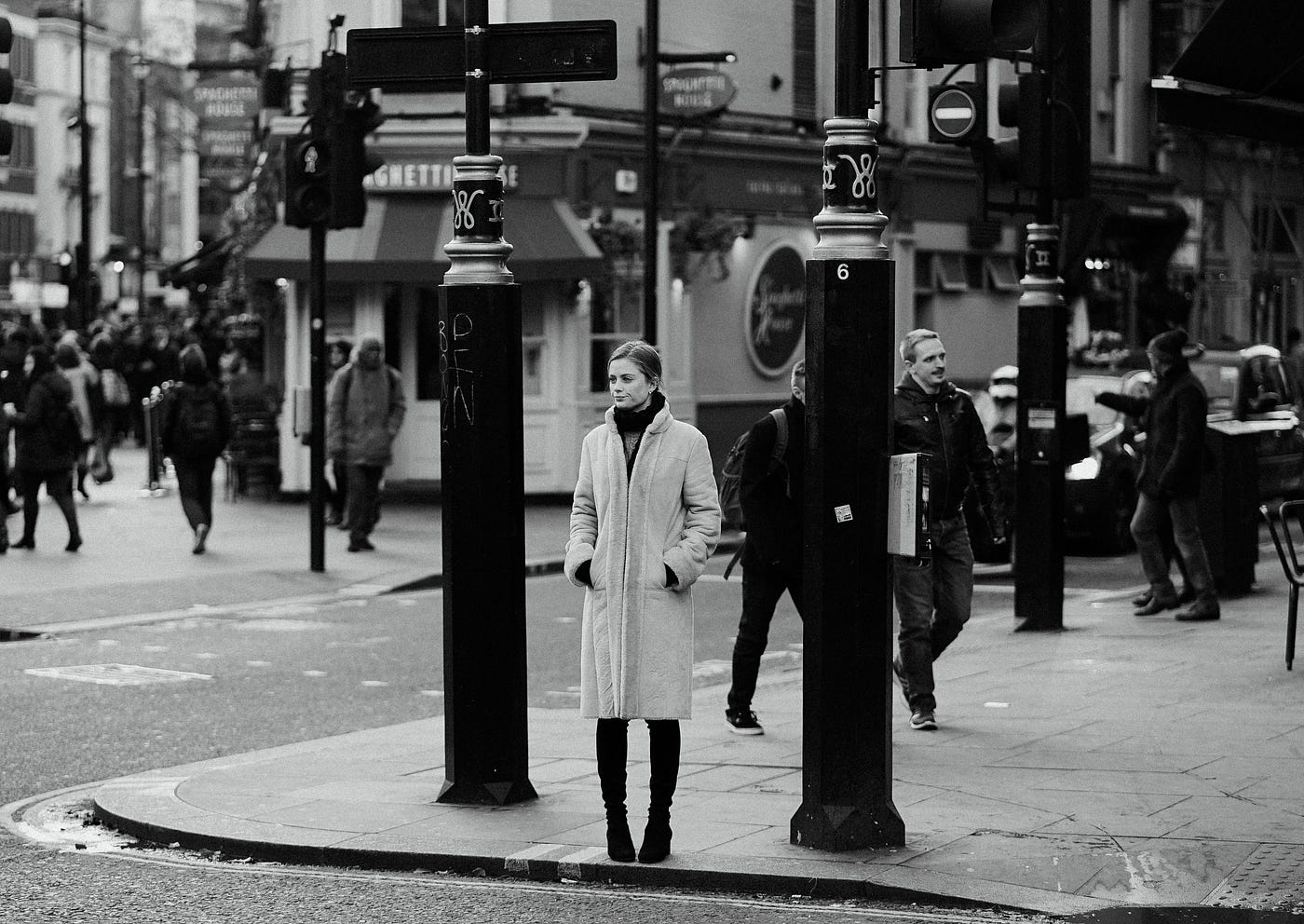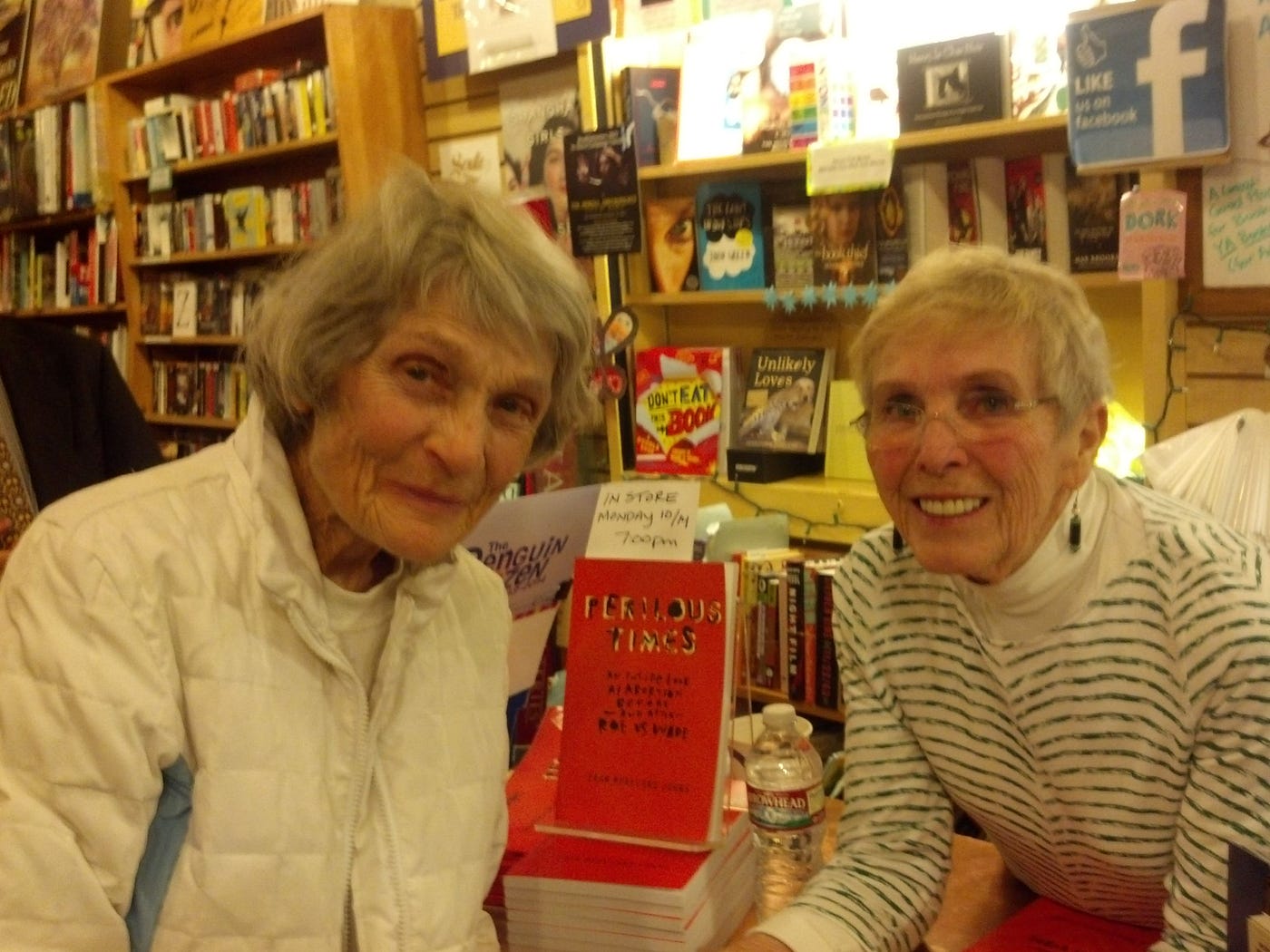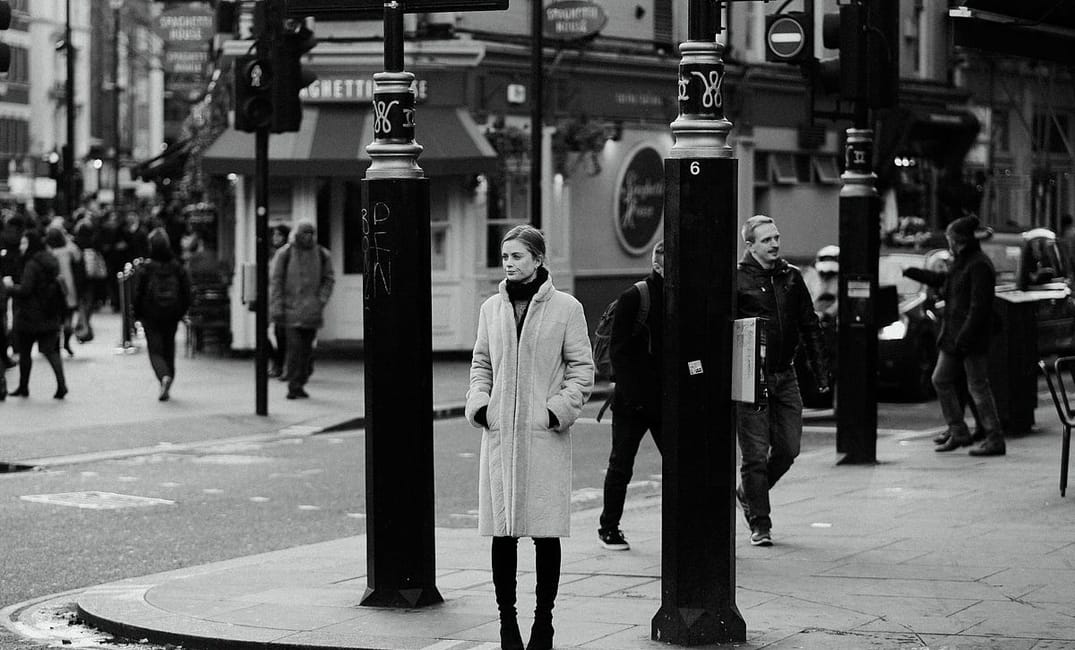
“We made a party weekend of it,” Linda told me, describing her abortion trip to Mexico. Not many survivors of pre-Roe abortions thought of their experiences in party terms, but it happened. Just as the deaths of anonymous women happened as they bled out in dark alleyways, and the overflowing wards of women living — and often dying — of sepsis happened at “The General,” as San Francisco General Hospital was known in those faraway days.
A front-page feature of those days in a recent San Francisco Chronicle brought it all back to me.
I wasn’t in San Francisco at the time — I was in Atlanta, where I’d had my own kitchen table abortion in 1956 and it was definitely no party. Forty years later I was in San Francisco when women like Linda and me — almost none of whom had ever mentioned our experiences to a soul — started talking. I began to hear about abortion trips, Pat Maginnis, and “The List.” The stories would lead to a book published in 2013, although my agent famously said, when I fired off the proposal in 2009, “nobody’s interested in that anymore.”
Maginnis was a former Army nurse/activist who, in the mid-1960s began standing on street corners handing out flyers — “Pregnant? Need help? Call this number.” She eventually created a volunteer movement and The List. The List included information on where abortion could be accessed in Mexico, with available data on cost, safety, etc.
Calling a Bay Area phone number and mentioning Pat Maginnis was for years the key to women’s survival. While some chose to fly to Japan (Maginnis and her fellow activists had advice on Japan too,) most would go to Mexico.

Linda’s story wasn’t typical — but then again: none of those stories were typical. The stay-at-home wife of a prominent attorney, Linda (a pseudonym) regularly appeared on the society pages. Overwhelmed with their four young children, she and her husband agreed they could not handle one more. On learning that a close friend also needed an abortion, the two couples pored over copies of The List. Maginnis put them in touch with another couple who had carefully researched one highly recommended clinic in Mexico, and within a week four couples were headed across the border in two cars. They met the clinic representative at a pre-determined spot. The four women went with him to the clinic while the four men went to a bar. Linda said the clinic was spotless, the doctor efficient and the procedures over in minutes. That night the four couples met for dinner and a night out; the next day they were back home resuming their busy San Francisco lives.
Early into research for my book, I tracked down Maginnis. It was no easy feat. She was long retired from activism and sounded old and unwell. But we had several long, pleasant phone conversations and she proved to be a treasure house of stories. After the book finally came out a few years later I did the requisite number of local events. One was at a favorite bookstore in Oakland. I arrived more than 30 minutes early but noticed the chairs were already arranged as I walked to the back of the store to deposit my coat.
On the front row sat a lanky, gray-haired woman dressed in a no-nonsense down jacket and pants. “I’m Pat,” she said with a smile as I passed. I got to the back room and did the fastest double-take reverse move you ever saw. “You’re PAT MAGINNIS?!” I said, dumbfounded and star-struck. She was. The rest of the evening is a blur; but I got my picture taken with the real star.







